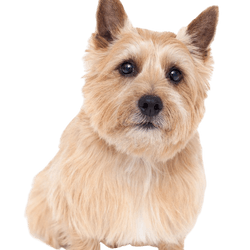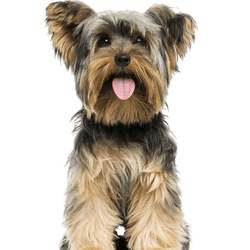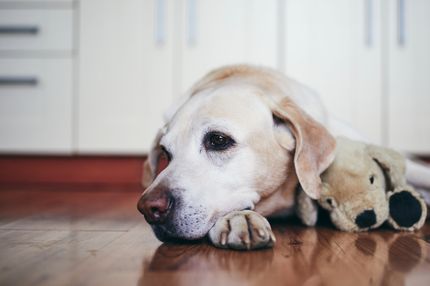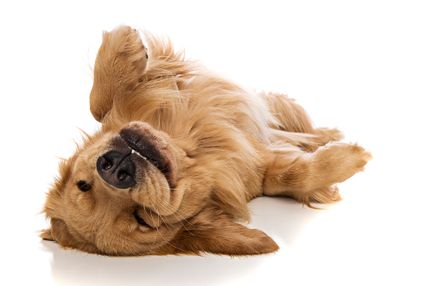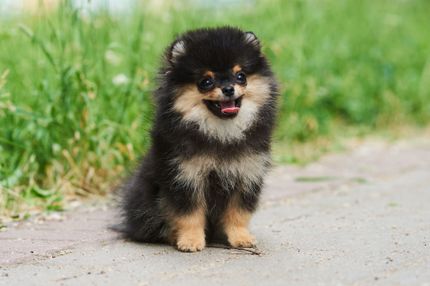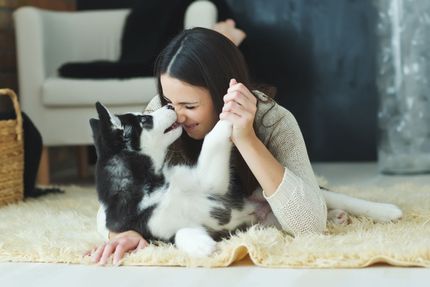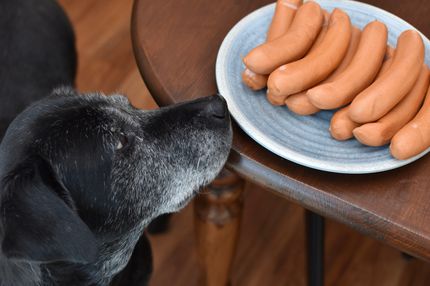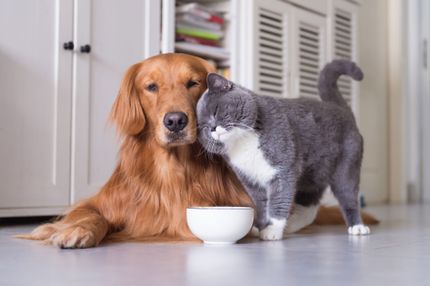Facts & Origin
Yorwich - A crossbreed of Yorkshire Terrier and Norwich Terrier
The Yorwich is a charming mix of Yorkshire Terrier and Norwich Terrier. Both parent breeds share their roots in Britain, with the Yorkshire Terrier originally used as a rat catcher and the Norwich Terrier as a fox hunter.
Suitability and attitude
A Yorwich is an excellent choice for a variety of homeowners, whether they live in the city or in the country. Their small size and adaptable nature make them a great companion for singles, seniors and families alike. However, they do need enough exercise and mental stimulation to stay happy and healthy.
| Alternate Name | - |
| Origin | UK |
| Life expectancy | 10 - 16 years |
| Care requirements | low-maintenance - high-maintenance |
| Activity level | average |
| FCI group | not recognised |
| AKC group | not recognised |
| KC group | not recognised |
More Norwich Terrier mixes
More Yorkshire Terrier mixes
Attitude, character and temperament of the breed
Possible character traits
The personality of a Yorwich may be a mixture of the traits of its parent breeds. These dogs are often friendly, intelligent and lively. They are known for their independence and courage, which makes them great characters despite their small size. Early socialization and training are important to ensure they are well behaved and socially acceptable.
Although small, Yorwichs have big personalities and can make a happy and loving companion for the right home. With the right care and attention, this small but spunky mixed breed can live a full and healthy life.
Character
Usage
Care, health and diseases
In terms of grooming, Yorwichs generally have medium grooming needs. They require regular brushing to keep their coats clean and free of tangles. Potential health issues include typical small breed problems such as dental problems, patellar luxation, and tracheal collapse. Regular vet visits are necessary to detect and treat these conditions early.
What does this mongrel look like?
Yorwichs are small dogs, typically reaching a height of 23 to 25 cm and a weight of 3 to 4 kg. Their coats can have the colors and patterns of both parent breeds, including black, brown, blue and tan, and are often medium length and silky.
| Fur length | medium |
| Fur | rough-haired - flat coated |
| Ear shape | Standing Ears |
| Tail | short |
| Anatomy | rugged, slim |
| Size ♀ | 16 - 26 cm |
| Weight ♀ | 3 - 7 kg |
| Size ♂ | 16 - 24 cm |
| Weight ♂ | 4 - 7 kg |
| Suitable For | Beginner, Children, Seniors, Beginner, Seniors |
Known Diseases
Patellar problems
Problems with the Patellar can be a displacement or weak kneecap, which is one of the most common causes of lameness in dogs, also because of overweight.
Dislocations
Lenticular and patella luxation occur in some breeds and affect the eye.
Bronchitis
Bronchitis in dogs is an inflammation of the lower airways in the area of the bronchi.
Eye infections
Chronic eye infections can be very painful in dogs and can be treated with medication. In rare cases, the cornea must be treated.
FAQ
-
This hybrid breed is described as very affectionate and is very intelligent, playful and bright.
-
A Yorwich usually has a short and dense coat of a light brown color, a long tail, and ears that move upward.
-
Since this hybrid breed has a very dense coat, it should be brushed at least twice a week.
-
No, this hybrid breed needs a lot of attention and should not spend long periods of time alone.
-
This mixture can be prone to respiratory problems, allergies, eye diseases and skin problems.
